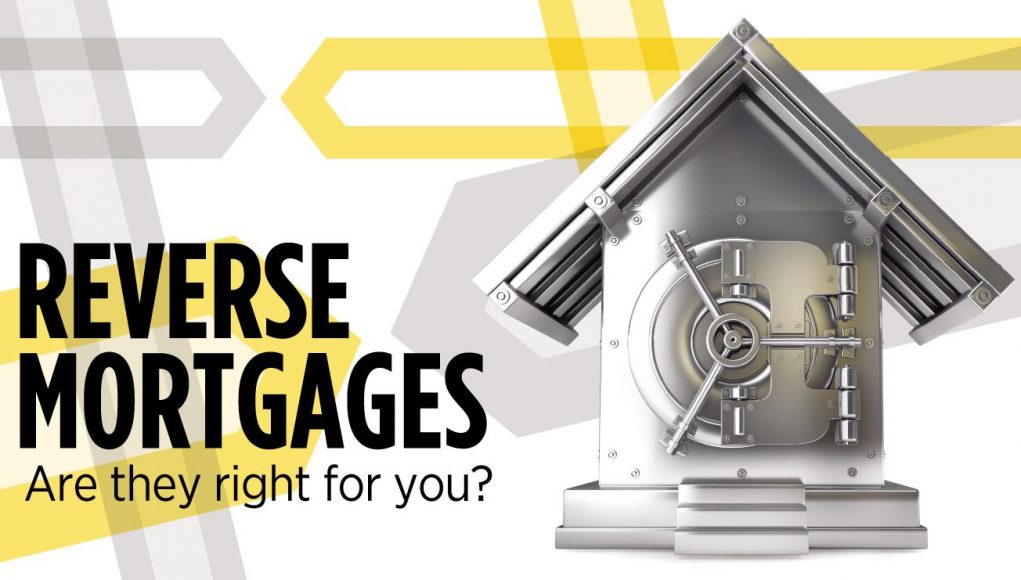Reverse mortgages are home equity loans designed for homeowners aged 62 or older that either own their own home or significant equity in it. Rather than making a monthly mortgage payment, the borrower receives regular payments and the loan is repaid when the borrower passes away or sells the house. These attributes make it an appealing option for elderly individuals needing additional income and want to remain in their home.
The loan amount depends on the age of the homeowner, value of the home, interest rate, principal limit factor (set by the HUD), and maxes out at the Federal Housing Administration’s HECM mortgage limit of $636,150. This amount can be distributed as a lump sum, or in monthly term or tenure payments. Term payments occur over a set period of time while tenure payments last as long as the borrower remains eligible for the loan.
There are several costs associated with a reverse mortgage, including:
- Interest Rates – The interest rate that you pay on the home equity loan is generally higher than that of a traditional mortgage — consisting of the LIBOR and lender’s margin. However, it might be lower than the interest rate on a personal loan or credit card.
- Loss of Equity – The home equity loan reduces the amount of equity left in the home, which translates to fewer assets to pass along to heirs down the road. Heirs may also be required to pay off the loan in order to keep the house when the original borrower passes away.
- Existing Costs – Reverse mortgages still require that you pay property taxes, insurance, and maintenance costs. If you fall behind on these payments, then you may be required to repay the loan or forfeit the home. This means that you can lose your home as a result of a reverse mortgage.

When the homeowner dies or moves (e.g. to assisted living), the house is usually sold and the proceeds go to covering the loan along with the fees and interest accrued. If there’s any money left over, it goes to the homeowner or their heirs. If the house sells for less than is owed, the lender’s insurer (the federal government) covers the costs.












